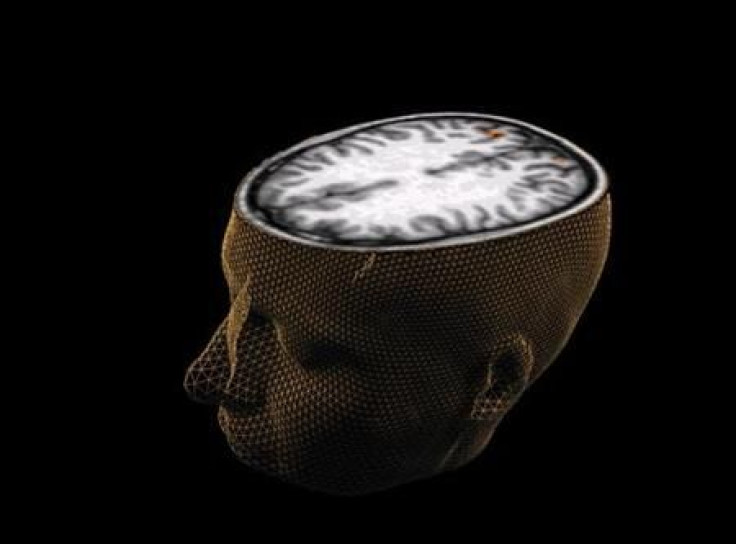Human Brain Evolution: Scientists Identify Area That Separates Us From Primates

Apes are our closest animal relatives. We share 99.5 percent of our DNA material with them, but the 0.5 percent we do not share creates the vast differences between the two species. The differences are seen in physical features and intelligence.
Most regions in our brain are, on a molecular level, very similar to primate brains. The various regions of the human brain have a similar structure and function as our primate relatives.
But, there are also regions of our brain that are not similar to primates. In fact, they are distinctly different from each other. A study led by a team from Yale University has shown the regions of our brain that are different from primates make us who we are. These differences stem from genetic dissimilarities and serve as a marker in the evolution of the human brain from a primate brain, which led to our superior cognitive abilities.
A never seen before scale analysis of brain tissue from human beings, chimpanzees and monkeys led to this discovery, which was published as a study Nov. 23 in the journal Science.
The study showed the human brain is not only a larger version of the ancestral primate brain but also one filled with distinct and surprising differences.
“Our brains are three times larger, have many more cells and therefore more processing power than chimpanzee or monkey,” said Andre M.M. Sousa, a postdoctoral researcher and co-lead author of the study in a press release on YaleNews website.
“Yet there are also distinct small differences between the species in how individual cells function and form connections,” he added.
In spite of this ground-breaking proof of human brain development, the researchers noticed striking similarities between various primate species of gene expression in 16 regions of the brain.
For the first time, the team noticed similarities in the prefrontal cortex in the tissue samples from different primates. The prefrontal cortex is the area of the brain associated with the most intellectual functions like higher order learning that most distinguishes humans from other apes. But, these regions were strikingly similar. The area of the brain with an extremely human-specific gene expression is the striatum, the part of the brain which enables us to walk upright and is generally associated with movement.
This part is located in the subcortical basal ganglia of the forebrain in humans. It helps in coordinating various aspects of human cognition like motor- and action-planning skills — which helps us judge our next step while moving. This area also helps us with decision-making, motivation, reinforcement and reward perception.
The team also found differences within other regions of the brain like the cerebellum which was one of the first areas of the brain to evolve and is considered one of the oldest developed components of the present day human brain. According to the release, the researchers also found one gene, ZP2, which was active in only human cerebellum.
This came as a surprise to the team, added the report. The same gene found in the cerebellum was previously linked to sperm selection by human ova.
“We have no idea what it is doing there,” said Ying Zhu, a postdoctoral researcher and co-lead author of the paper.
The team also analyzed the TH gene, which is used to produce dopamine in the human brain. This neuro-transmitter is critical for higher-order functioning and the slow waning of this causes Parkinson's disease in people due to which they slowly lose control of their body. Researchers found TH gene was highly expressed in human neocortex and striatum but absent from the neocortex of chimpanzees.
“The neocortical expression of this gene was most likely lost in a common ancestor and reappeared in the human lineage,” Sousa added in the report.
Researchers also found higher levels of expression of the gene MET, which is linked to autism spectrum disorder, in the human prefrontal cortex compared to the other primates tested.
© Copyright IBTimes 2024. All rights reserved.











